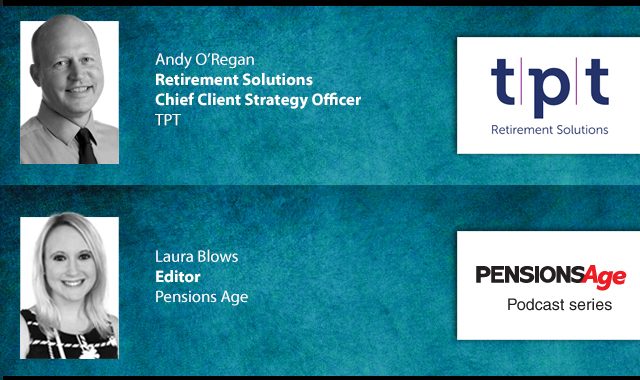The Pensions and Lifetime Savings Association (PLSA) has released a guide to help trustees in handling guaranteed minimum pension (GMP) equalisation.
The guide advised that schemes review past payments for all members with pensionable service between 17 May 1990 and 5 April 1997 using a year-by-year approach in order to correct any examples of underpayment.
This approach effectively requires schemes embarking on an equalisation project to calculate what the guide refers to as a “shadow pension record”, which would show what a member’s hypothetical full comparator of the opposite sex would have received.
However, the guide outlined four different approaches to this year-by-year method, describing their various pros and cons.
For schemes to make a decision on which of the methods to use, the guide recommended considering factors such as the number of members affected, administration costs and the ease with which the decision can be communicated to members.
“However much we tend to generalise, all schemes are to some extent different. Schemes must consider their particular circumstances – and those of their members - and determine which route is the right one for them,” said the guide.
Members who might be affected by GMP equalisation include pensioners in receipt of benefits who have always been disadvantaged, pensioners who have crossed over from being disadvantaged to advantaged, or the other way around, and survivors in receipt of benefits following the death of an active, deferred or pensioner member who may or may not have been disadvantaged in the past.
The guide also noted that schemes should consider members who might have transferred out, as they could have received a higher transfer value if equalisation had occurred before they left the scheme.
In terms of action on GMP equalisation, the guide said schemes needed to ensure that their data held for active members and deferred members is complete and accurate with greater vigour than before, seeking to achieve high data reporting scores from The Pensions Regulator (TPR).
The PLSA noted that some of the most common examples of missing member data include full pension at retirement, transfer-in details, final pensionable earnings at leaving and tax free cash.
It added that it appreciated that there were likely to be gaps in historic scheme knowledge and member data as data from the 90s was more likely to be stored using more traditional methods, such as paper files, roll films and microfiche.
Therefore, the guide recommended that schemes be “pragmatic” about what can be achieved, asking whether the expense of conducting this data recovery work might greatly outweigh any benefits to be paid to members.
Alternative solutions are available, such as the technique of delivering opposite sex GMP equalisation pension calculations and arrears based on the current payroll, though the guide noted that in a “small number of situations” these methods might not be deemed sufficiently accurate.
Looking ahead, the guide recommended focusing on GMP reconciliation and GMP rectification so the contracting out data is robust, before looking at improving TPR common and conditional data reporting scores and establishing the in scope population and segmenting it based on supplier data requirements.
The guide concluded: “Uncertainty should not be an obstacle to making a start on this project, but the journey may not be as wearisome or expensive as many schemes will fear.
“Completing the preliminary work will only offer greater insights into the new stage of the project. And with all stakeholders and advisers operating as a single unit, work can be managed more effectively while delays and additional costs are minimised.”
Latest News
-
UK pension savers choose stability over high returns
-
Bell reiterates govt commitment to state pension triple lock for full parliament term
-
NI LGPS remains in good health; consideration needed on surplus guidance
-
WH Smith Group receives £75m cash refund following DB scheme buyout
-
TPO upholds complaint against employer for failure to pay outstanding pension contributions
-
Schroders and Cornell University publish framework on climate risk
Being retirement ready
Gavin Lewis, Head of UK and Ireland Institutional at BlackRock, talks to Francesca Fabrizi about the BlackRock 2024 UK Read on Retirement report, 'Ready or not. How are we feeling about retirement?’
Time for CDI
Laura Blows speaks to AXA Investment Managers (AXA IM) senior portfolio manager for fixed income, Rob Price, about cashflow-driven investing (CDI) in Pensions Age’s latest video interview
The role of CDC

In the latest Pensions Age podcast, Laura Blows speaks to TPT Retirement Solutions Chief Client Strategy Officer, Andy O’Regan, about the role of collective DC (CDC) within the UK pensions space
Keeping on track

In the latest Pensions Age podcast, Sophie Smith talks to Pensions Dashboards Programme (PDP) principal, Chris Curry, about the latest pensions dashboards developments, and the work still needed to stay on track
© 2019 Perspective Publishing Privacy & Cookies















Recent Stories